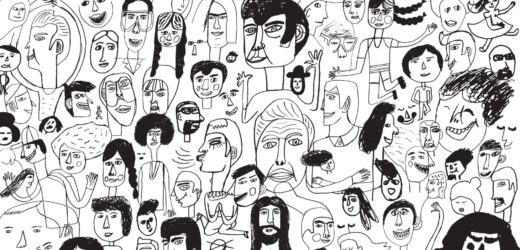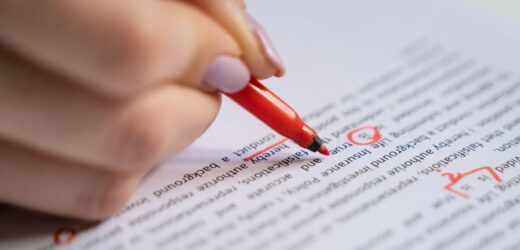There’s advice and there are activities that can help develop students’ abilities to offer constructive feedback and use the feedback they receive from peers to more accurately self-assess and improve their work. Those aren’t skills that college students today widely possess, but they’re skills that can be taught and ones that will serve students well in the years ahead. The advice and activities recommended below can be adjusted to accommodate peer review of written work, projects, and performances. If students aren’t strong in these skills areas, it’s best to develop them incrementally.
Improving How Students Give and Receive Peer Feedback

- Tags: peer feedback, peer review, self-assessment
Related Articles
I have two loves: teaching and learning. Although I love them for different reasons, I’ve been passionate about...
Could doodles, sketches, and stick figures help to keep the college reading apocalypse at bay?...
We’ve all faced it: the daunting stack of student work, each submission representing hours of potential grading. The...
Storytelling is one of the most powerful means of communication as it can captivate the audience, improving retention...
For some of us, it takes some time to get into the swing of summer. Some of us...
About a year ago, I decided to combine the ideas of a syllabus activity and a get-to-know-students activity....
The use of AI in higher education is growing, but many faculty members are still looking for ways...








